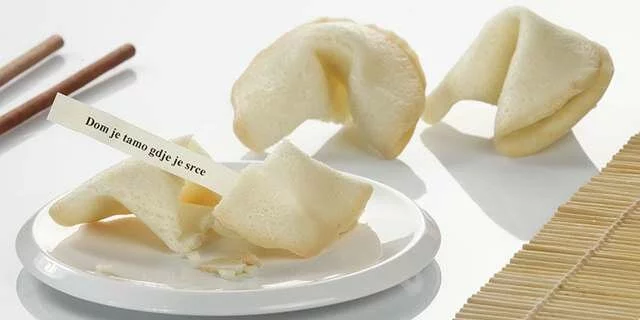Mitarashi Dango Cookies
Mitarashi Dango is one of many very traditional Japanese Mochi sweets. The small round Mochi balls are twisted on bamboo sticks and covered with sweet and salty brown sauce. Mitarashi Dango is a great treat and quite satisfying without being overly sweet. Maybe you should try it one afternoon with hot green tea. It is said that this dessert name, Mitarashi, comes from the festival of the famous shrine in the city of Kyoto in western Japan. Mitarashi Dango is believed to have been made as an offering to the gods in this shrine in the 14th century. Since then, Mitarashi Dango has been sold to street vendors at festivals in Kyoto and eventually throughout Japan. It is quite common today. You can find it in Japanese sweet shops, of course, and also in supermarkets and stores. The balls with Mochi balls are first grilled and dried and then topped with a sweet soy sauce. The saltiness and pleasant delicious smell of soy sauce matches surprisingly with the rest of the sweet sauce. This tradit
Preparation steps
- 1. In a bowl, mix the Tofu and Mochiko well. The dough should not be too loose or too firm (around the firmness of the earlobe).
- 2. Jump tablespoons the size of pieces of dough and pour into balls.
- 3. Boil water in a large pot and cook the dough balls until they float. When floating in boiling water, cook for 2-3 minutes longer, then remove from the water using a mesh (or pot) and place on a plate with a paper towel.
- 4. Meanwhile, make Mitarashi sauce. In a small saucepan, add all the sauce ingredients and stir. Cook until the sauce boils and heat.
- 5. Slide 3-4 Dango balls on each clip. Heat a non-stick pan over medium heat, put on Dober's hair and cook until lightly browned.
- 6. Put Dango on a plate and pour the sauce over the desserts!
Serving
Along with these desserts, you can also serve any sweet sauce if you want to! b (˘ o ˘) d
